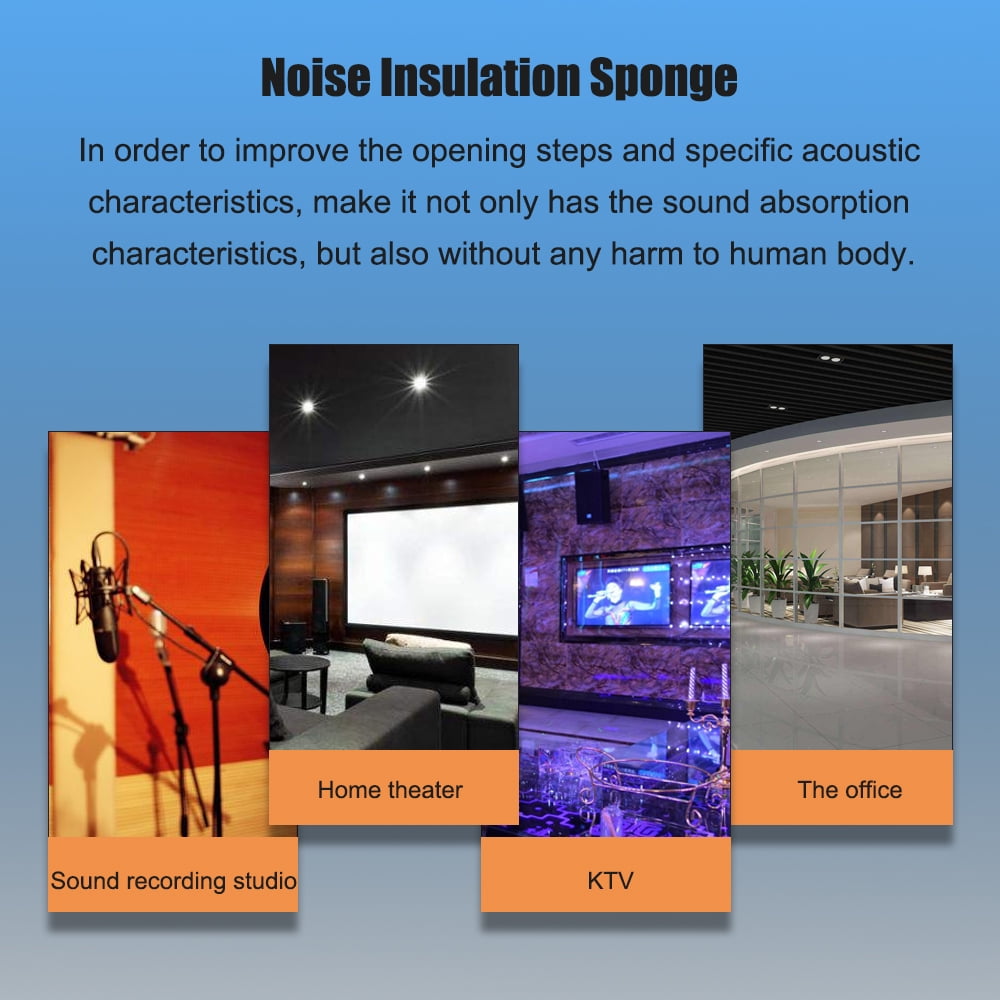

Highly desirable for steel-string acoustic tops because of its rich, full, clear and loud tonal quality. Sturdy and lightweight, it’s known for imparting clear, powerful tone. One of the most popular woods for acoustic guitar tops. Mahogany back and sides often emphasize bass and treble, with more overtone coloration and a “woody” sound (as opposed to the more metallic sound of, say, rosewood back and sides).Ī heavier, flat-sounding and often beautiful wood of which there are several species, maple is used in acoustic guitars because of its sonically “transparent” qualities, which let the tonal character of the top ring through without significant tone coloration from the back and sides. You’re not going to be tested, but here are the ABCs of tonewoods - various woods and the sound qualities they’re noted for: MahoganyĪs a guitar top, dense mahogany has a solid, punchy tone with low overtone content and good high-end response.

You’ll be well on your way to finding the right guitar for you. Looking for a beginner guitar? Our interactive gear guide,, matches you with the perfect model by learning about your sound & style. Various woods have distinct sound qualities, especially when used for the top of an acoustic guitar, which is the most important wooden tonal element of the instrument. The woods used to build guitars-acoustic guitars in particular-are called tonewoods, and they have enormous effects on the sound and price of an instrument. All very impressive, but what does it mean? Most of us aren’t wood experts, so what exactly do different woods have to do with the sound of an acoustic guitar?Ī great deal, actually. You see it all the time when shopping for an acoustic guitar: Sitka spruce top, mahogany back and sides, rosewood bridge, this wood, that wood, another wood.


 0 kommentar(er)
0 kommentar(er)
